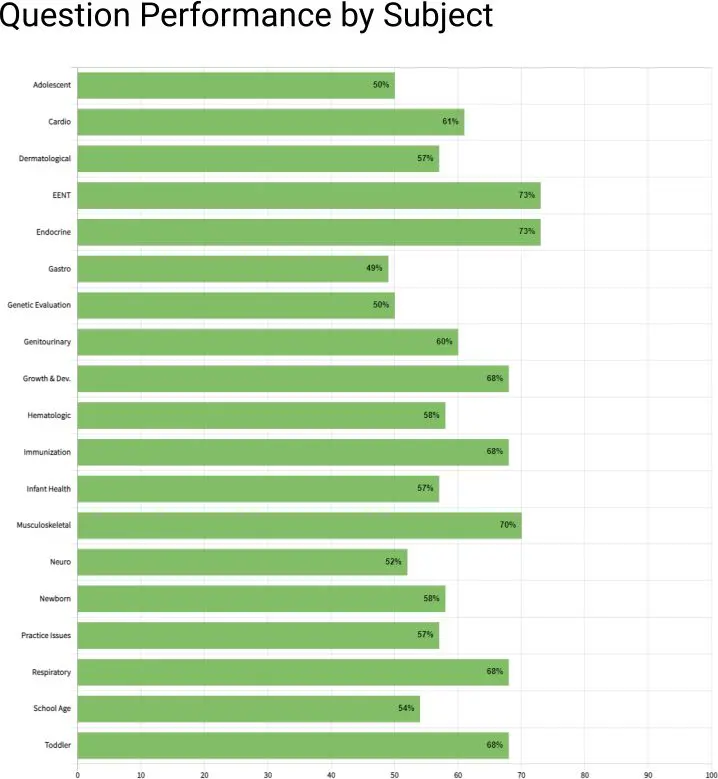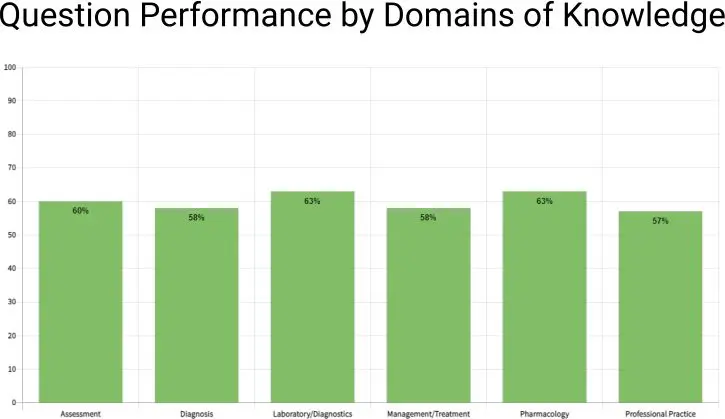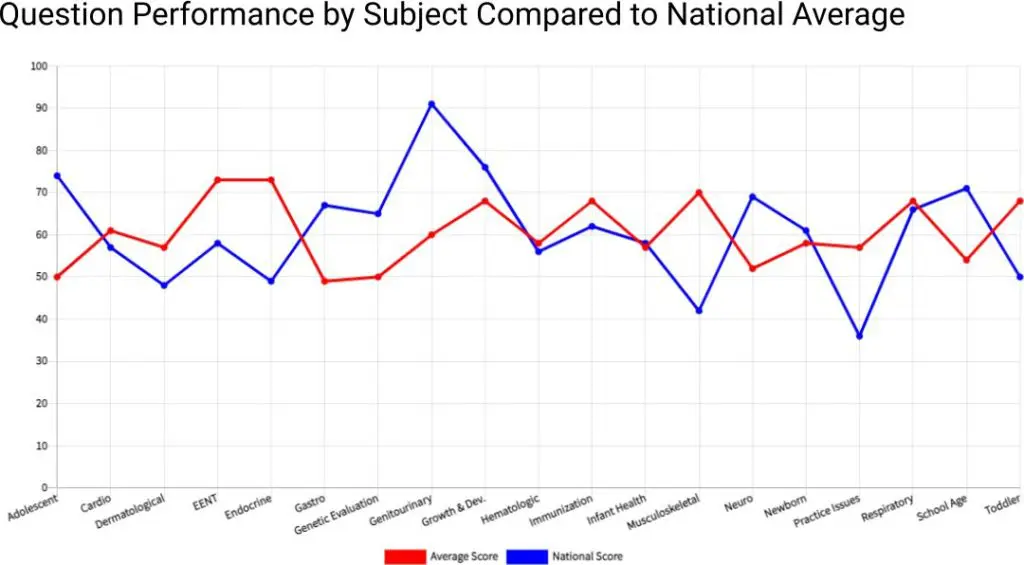100-Item Diagnostic Readiness Tests (DRT) for Pediatric Nurse Practitioner Students
Fun and Easy Way to Prepare for National Certification and Earn 2.5 Contact Hours!
Features include:
- Extensive rationales of incorrect answers, paramount to ensuring that students understand why the other options are not correct – unlike any other company!
- 45-minute review session immediately following the exam
- Comprehensive score reports help identify areas of weakness for remediation
- No questions are repeated on any of our DRTs or textbooks within a specialty, including the DRT that you may have taken from your faculty/university!
- 6 months to complete – You have 6 months from the date of purchase to access your DRT. Each DRT may be taken a maximum of 2 times per purchase, as a First Assessment and Final Assessment.
- 2.5 Contact Hours – If you wish to receive CE credit, the DRT must be completed with a score of at least 70% on the second attempt. In addition, you must fully participate in the remediation session following the first attempt.
Developed by
Certified NPs for NPs!








